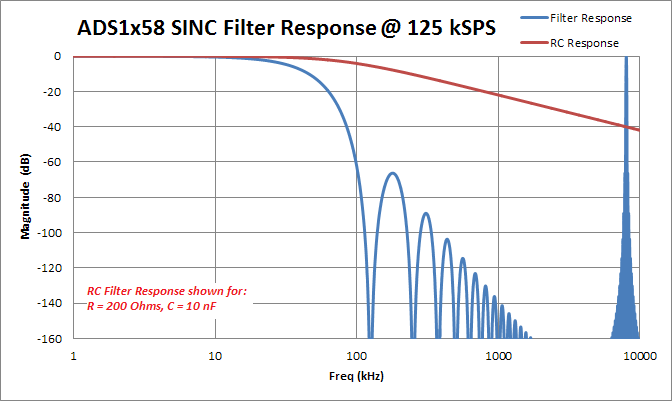Hi, I am looking at sampling 16 analog inputs using the ADS1158. Am I correct in saying that I would only need one anti-aliasing filter placed between the MUXOUTP pins and the AINP pins (AINN and MUXOUTN connected to GND) since the inputs are multiplexed.
Also, is there by any chance a newer ADC you would recommend that supports 16-bit resolution with 16 channels as the ADS1158 seems outdated.
Thank you in advance!


